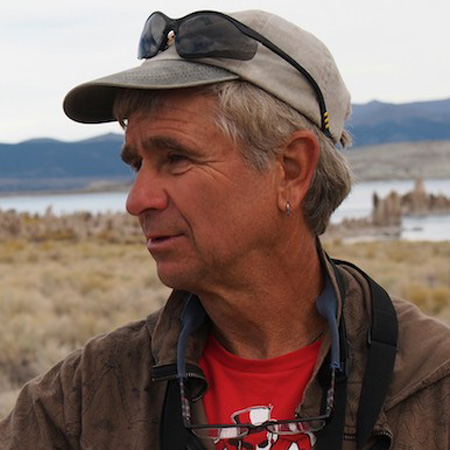Michael Ellis has this Perspective on a cute creature with a bushy tail that thrives throughout California.
When the Europeans first landed on the shore of this continent there were many animals new to them. So naturally they used the names from the native inhabitants. Opassum in the Algonquin language group meant ‘white dog’ corrupted to our opossum. Aroughcun was the “one who scratches with hands”- it became raccoon. And squunck, skunk, was the bushy tailed animal that urinates. Yep, I’ll say!
And in Maine this summer I saw many “chitmunks” , again from the local native dialect which maybe means “goes down tree headfirst”. I love that one! The eastern chipmunk is very common and the only species found east of the Mississippi River.
But California is the center for chipmunk biodiversity. We have 13 species! And the real chipmunk ground zero is the Sierra Nevada. Driving from the Bay Area to Mono Lake you go through the territory of the Sonoma, yellow-pine, long-eared, shadow, lodgepole, alpine and finally the least chipmunk in the Great Basin Desert.
The species are very similar. All have stripes through their head and along the sides of their body and very long tails, whereas the larger golden mantled ground squirrel only has stripes on the side of its body not on its head. Favorites of visitors, chipmunks are rated at about 9.8 on the cute scale. They thrive in campgrounds eating dropped scraps but of course also hunt for seeds, fruits, insects and even bird eggs.
